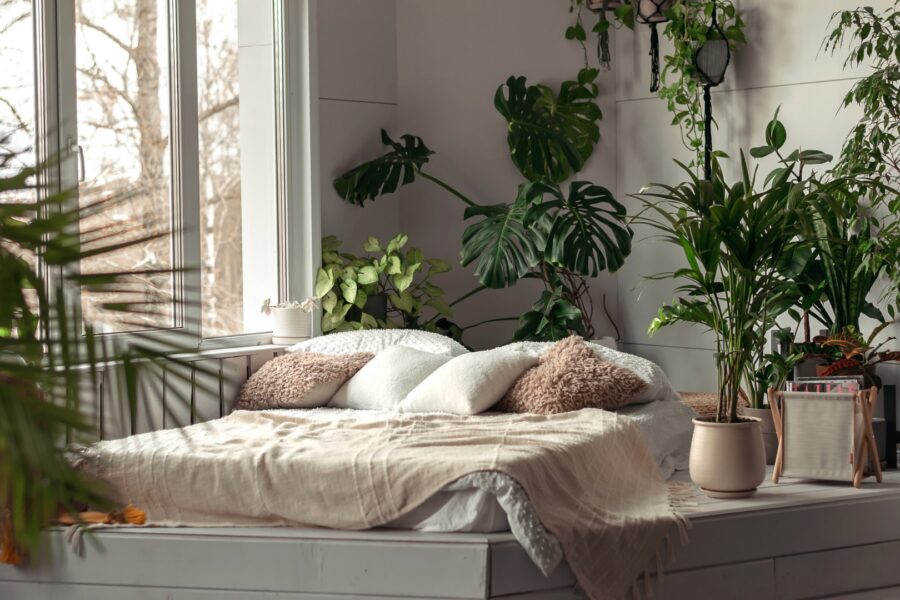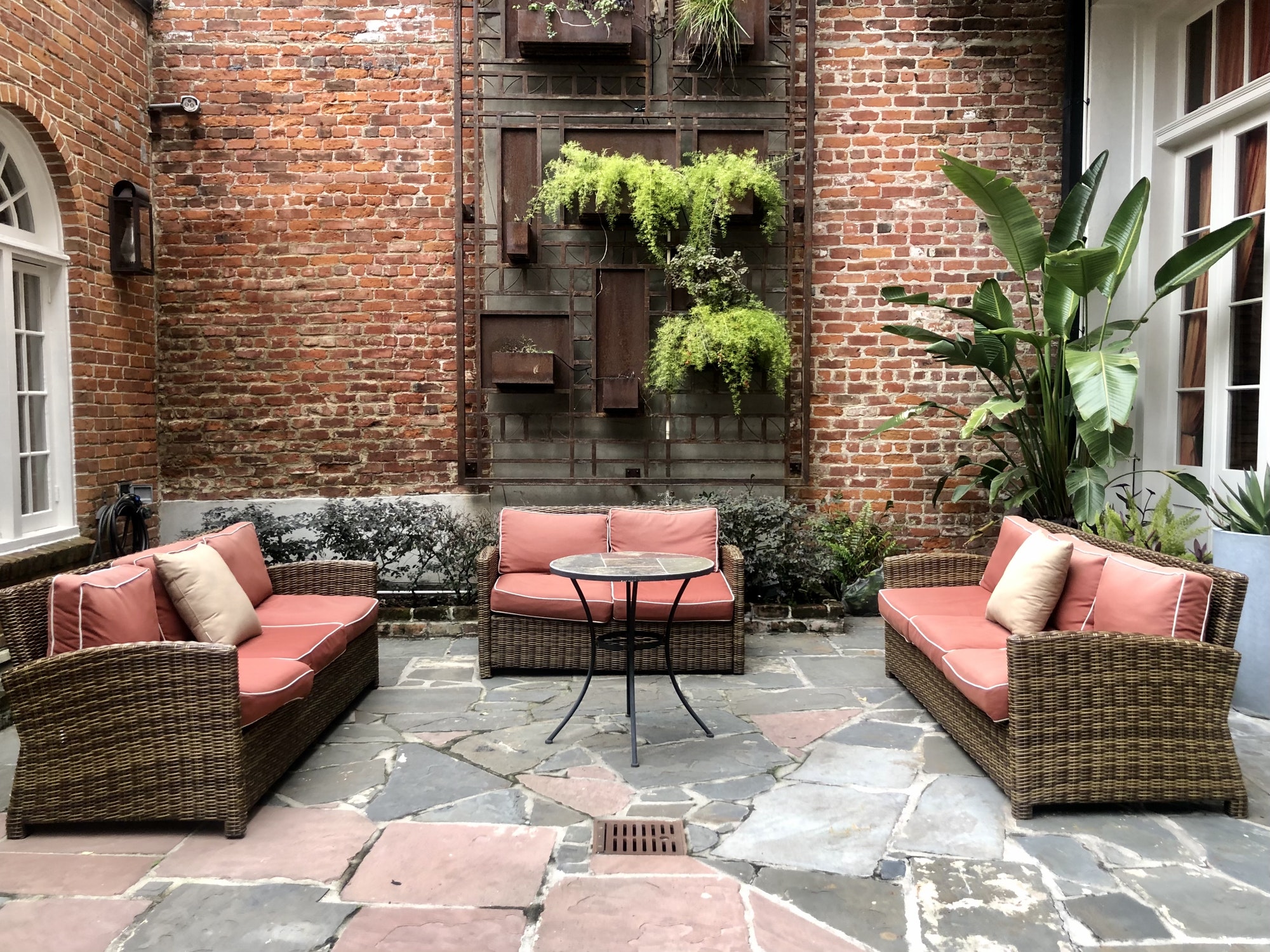External cladding represents more than just an aesthetic choice for buildings; it’s a crucial component that provides protection, insulation, and architectural interest. This comprehensive guide explores everything property owners need to know about modern cladding solutions.
What is External Cladding?
External cladding refers to the protective layer attached to a building’s exterior walls. It serves multiple purposes:
• Weather protection
• Thermal insulation
• Noise reduction
• Aesthetic enhancement
• Structural protection
Types of Cladding Materials
Traditional Options:
• Timber
• Stone
• Brick slips
• Metal panels
• PVC
Modern Solutions:
• Composite cladding (available from suppliers like Ecoscape – https://ecoscape.co.uk/composite-cladding/)
• High-pressure laminate (HPL)
• Fibre cement
• Aluminium composite
• Glass reinforced concrete
Benefits of Composite Cladding
Modern composite cladding offers numerous advantages:
• Enhanced durability
• Minimal maintenance requirements
• Superior weather resistance
• Excellent fire safety ratings
• Environmental sustainability
• Colour stability
• Cost-effectiveness over time
Installation Considerations
Professional installation is crucial for optimal performance:
Preparation:
• Wall assessment
• Moisture evaluation
• Structural integrity checks
• Planning permission verification
• Building regulation compliance
Installation Process:
• Battening system installation
• Ventilation gap creation
• Moisture barrier application
• Panel fixing
• Detail finishing
Technical Requirements
Key factors to consider during installation:
• Load-bearing capacity
• Thermal movement allowance
• Ventilation requirements
• Water management
• Fire safety compliance
Maintenance and Care
Regular maintenance ensures longevity:
• Annual inspections
• Cleaning procedures
• Damage assessment
• Replacement protocols
• Professional servicing
Building Regulations and Safety
Compliance with current regulations:
• Fire safety standards
• Building height restrictions
• Thermal performance requirements
• Structural loading guidelines
• Local planning regulations
Environmental Considerations
Sustainable aspects of modern cladding:
• Energy efficiency improvements
• Recycled material content
• Local sourcing options
• End-of-life recyclability
• Carbon footprint reduction
Cost Analysis
Understanding the financial implications:
Initial Costs of Cladding:
• Material expenses
• Installation labour
• Preparation work
• Professional fees
• Scaffolding requirements
Long-term Value:
• Energy savings
• Maintenance reduction
• Property value increase
• Durability benefits
• Warranty coverage
Design Options
Aesthetic considerations:
• Colour selections
• Texture variations
• Pattern options
• Mixed material combinations
• Architectural features
Common Cladding Problems and Solutions
Addressing potential issues:
• Moisture penetration
• Thermal bridging
• Panel movement
• Colour fading
• Installation errors
Professional Selection
Choosing qualified installers:
• Certification verification
• Experience assessment
• Insurance coverage
• Project portfolio review
• Reference checking
Future Trends
Emerging developments in cladding:
• Smart materials
• Integrated solar solutions
• Self-cleaning surfaces
• Advanced fire resistance
• Improved insulation properties
Project Planning
Steps for successful implementation:
• Site assessment
• Material selection
• Design consultation
• Installation scheduling
• Quality control measures
Weather Protection
Understanding weather resistance:
• Wind load resistance
• Rain screening
• UV protection
• Temperature fluctuation handling
• Frost resistance
Ventilation Requirements
Proper airflow considerations:
• Cavity design
• Air gap specifications
• Moisture management
• Temperature control
• Condensation prevention
The Future of Cladding
As building technology advances, cladding solutions continue to evolve. Modern systems offer improved performance, enhanced safety features, and greater sustainability. The key to successful cladding installation lies in careful planning, quality material selection, and professional installation, ensuring long-term protection and value for your property.
Discover more from Futurist Architecture
Subscribe to get the latest posts sent to your email.



